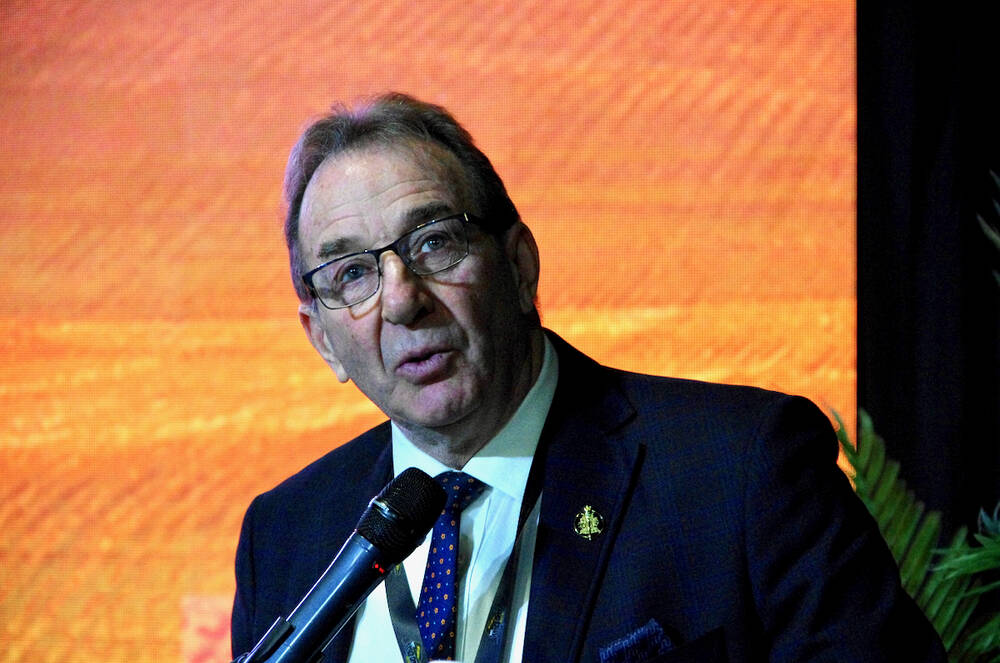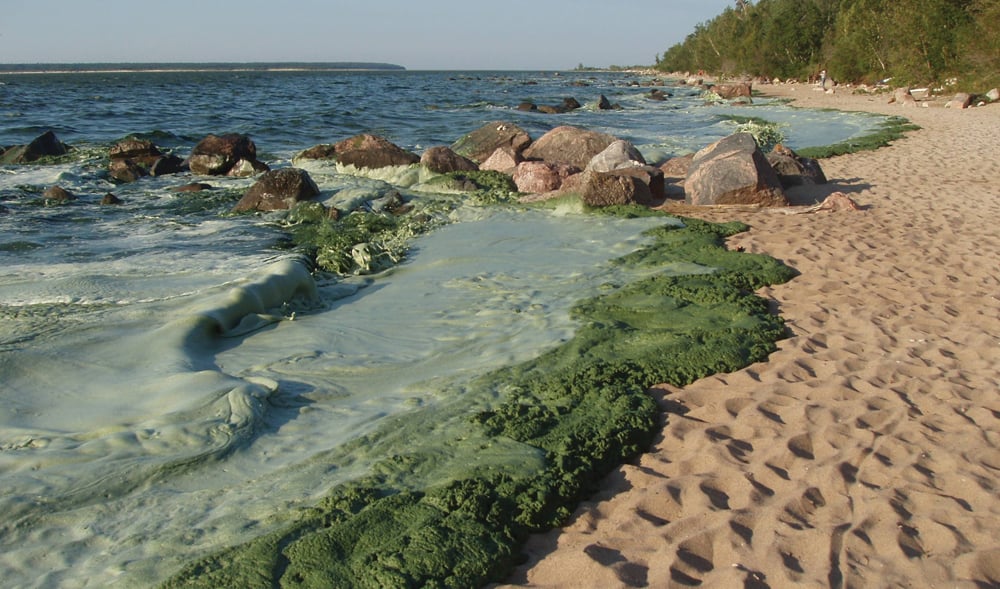How many abandoned wells are on your property?
There’s a really good chance most farmers won’t have an answer to that question, and an equally good chance that most of them will have at least one.
It could be in an old yard site that’s still clearly present. It could be in a part of a field that’s now indistinguishable from the rest, but where a yard site once stood. It could even be in the main farmyard, according to the Pembina Valley Conservation District.
Read Also

AgriStability enrolment deadline extended
The deadline for Manitoba farmers to enroll in the AgriStability business risk management program has been extended by three months agriculture minister Ron Kostyshyn announced on Friday.
“Many established farmyards will have more than one unmarked well,” the organization said in a media release. “Many of the abandoned wells have been covered over with old buildings.”
It also noted the situation isn’t necessarily just a farm thing either. Residents in town might still have wells in their backyards that have been simply forgotten about since a community water system was extended into their area.
Regardless where they’re located, they should be found and sealed, for a variety of reasons. Any open well can result in surface water contaminating groundwater, which can result in both health and environmental issues. They can also cause accidents and entrapments in the worst-case scenarios.
Finding them can be a challenge. Remaining windbreaks mark the presence of some inactive homesteads, while other wells may retain no markings and are being farmed over.
Pembina Valley Conservation District has a program to fill abandoned wells. The procedure follows guidelines developed by the provincial government. Proper materials are used to help prevent settling and are clear of contaminants. Several layers of bentonite clay may be used to create an impervious layer to prevent the vertical movement of water. Chlorine will be put into the well to disinfect it before the well is filled. A layer of bentonite or similar clay near the ground surface, overlain by native soil will prevent contamination from surface sources.
It’s careful to follow these guidelines, but that also means there’s an expense attached to it. The average cost to fill a well is $800.
PVCD hopes to get more of its local landowners to do this work by underwriting many of these costs. It has a program for landowners to apply to have wells filled. Landowners are responsible for only the first $150 in costs, unless there is the need for additional work like removing plumbing or utilities like hydro, that aren’t part of the actual well-filling process. Those additional costs are the landowner’s responsibility. The PVCD will cover costs including labour, mileage, backhoe services, bentonite, sand and the cost of hauling it.
If you live within the Pembina Valley Conservation District and have an abandoned well you would like filled, you can call the office at 204-242-3267, or visit the website at pvcd.ca for an application.



















